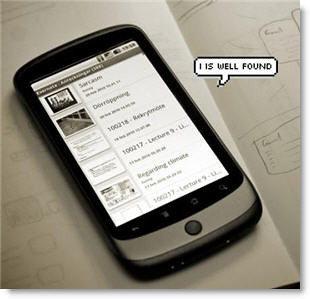
New Delhi, September 20 (IANS): In an effort to bolster India’s position in the sphere of quantum and 6G technologies, the Telecom Centre of Excellence (TCOE) India and Visvesvaraya Technological University (VTU) in Karnataka have joined hands to establish a Centre of Excellence (CoE) in quantum technology and related areas.The centre, headquartered at VTU-Visvesvaraya Research and Innovation Foundation (VRIF) Bangalore, aims to accelerate India’s progress across these key sectors and is part of the 100-day programme, according to the Ministry of Communications.The CoE is designed on a hub-and-spoke model for innovation with VTU-VRIF and TCOE India serving as the central hub.According to the government, leveraging the intellectual and infrastructural strengths of VTU’s 228 affiliated colleges, the CoE will act as a key facilitator in research and development.Through this model, the CoE will streamline cutting-edge research, foster collaboration, and rapidly scale innovations across Quantum and associated 5G/6G Technologies.The hub will have vertical focussed innovation groups and get the best experts among the affiliated colleges, said the ministry.The centre will enhance synergy among key organisations working in telecom standardisation such as Telecom Engineering Centre (TEC) Bharat 6G Alliance, TSDSI, Academic Network and the...











